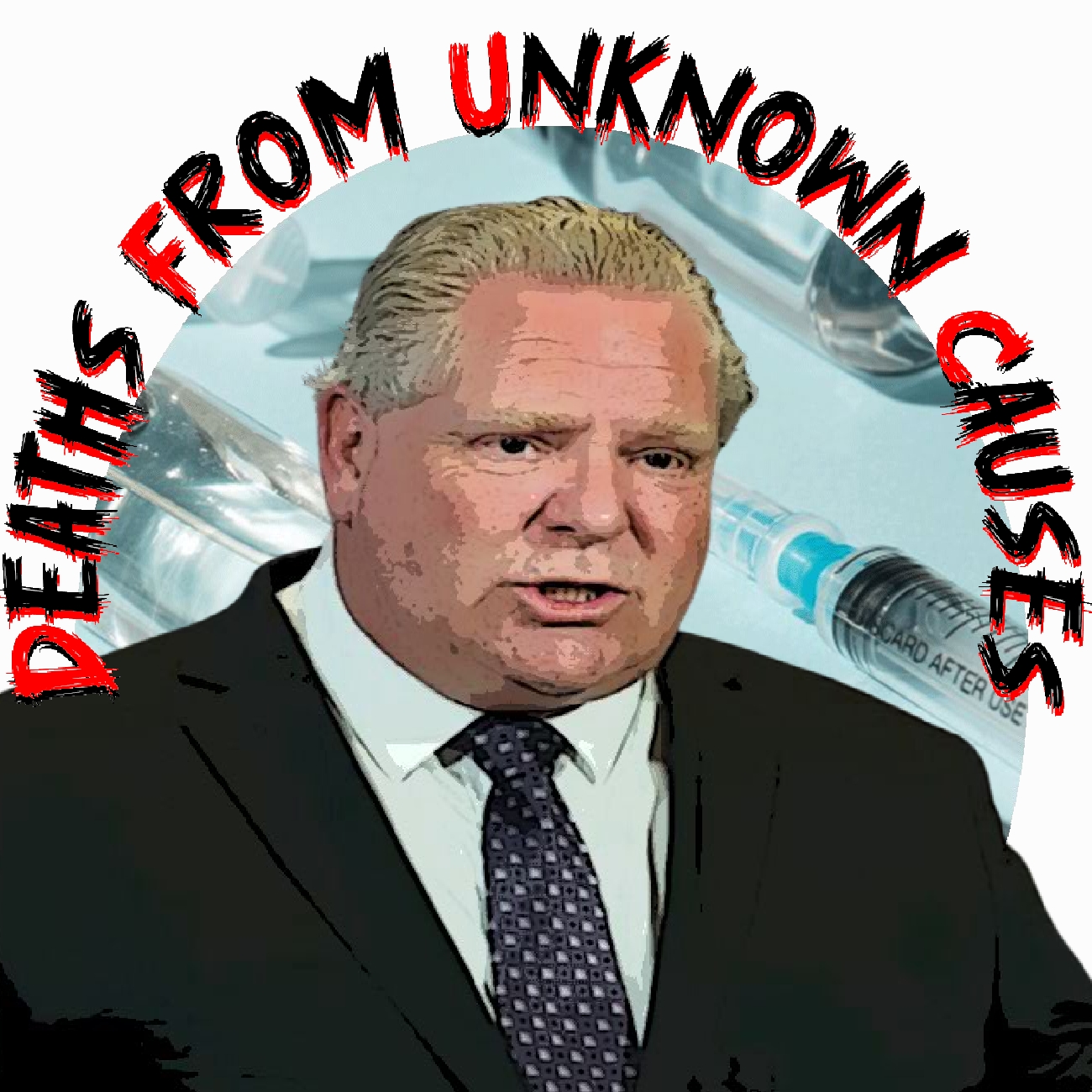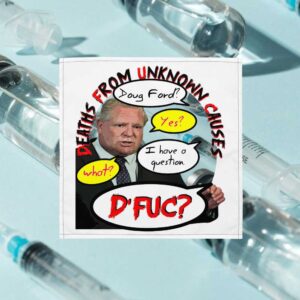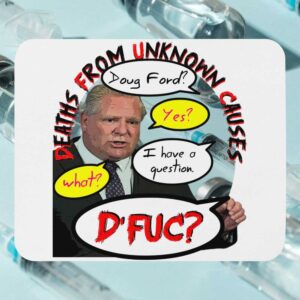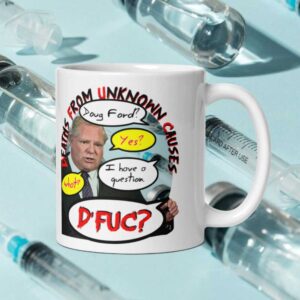Premier Doug Ford’s government has invested in clean energy projects to promote sustainable cities and communities, in line with SDG 11. This includes funding for renewable energy initiatives and support for green infrastructure.
Read more about this initiative here.










